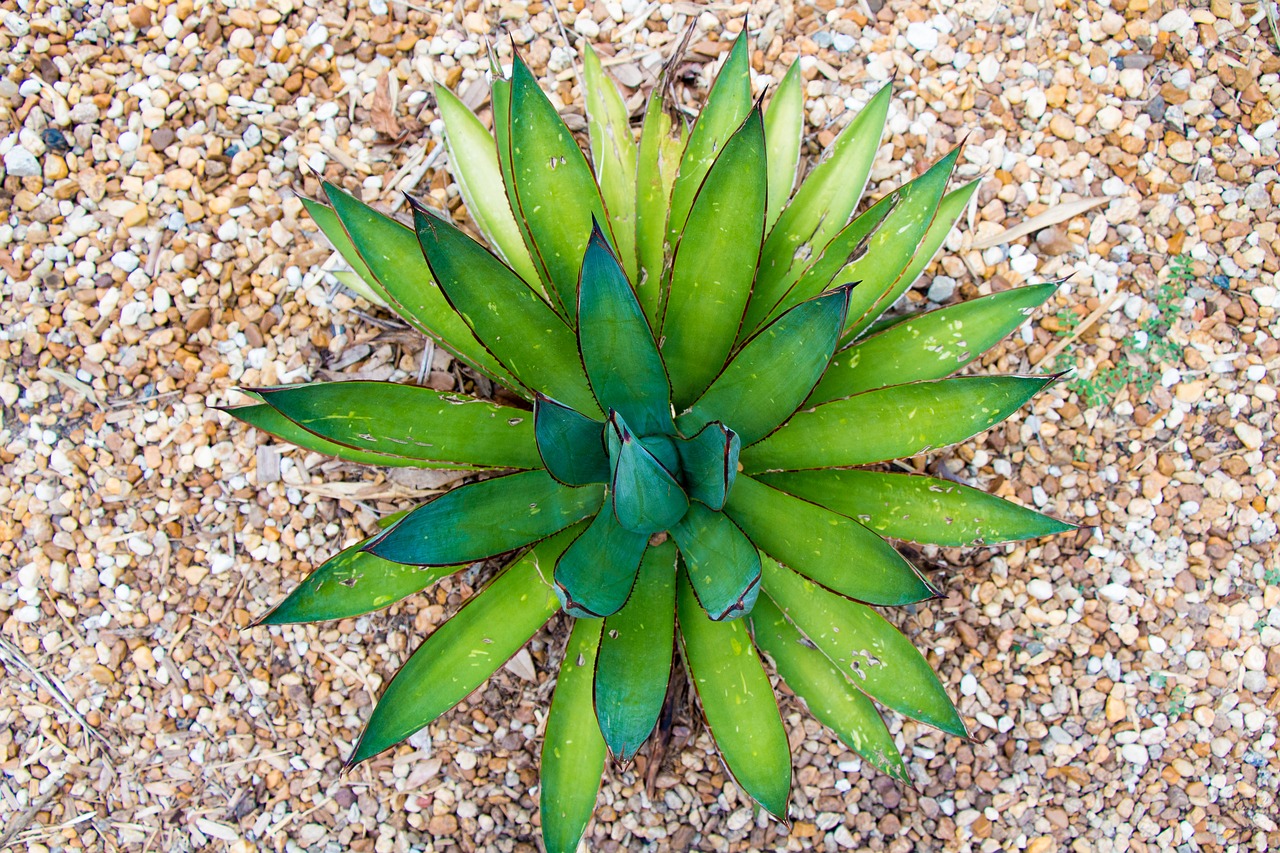We are a leading aggregate supplier for the Yorkshire area, and our decorative aggregate range is home to a wide selection of aggregates suitable for a plethora of decorative garden projects. In this guide, we look at the pros and cons of one of the most popular gravel types: pea gravel.
Any landscape gardener will tell you that when it comes to aggregates, size really does matter. Decorative aggregates can generally be split into five size groups, these are:
• Pea gravel
• Small aggregates
• Medium sized aggregates
• Large aggregates
• Decorative rocks and boulders
Pea Gravel
Pea gravel is the smallest aggregate next to sand and down-to-sand mixes. Pea gravel is typically made up of stones around 3mm to 6mm in size.
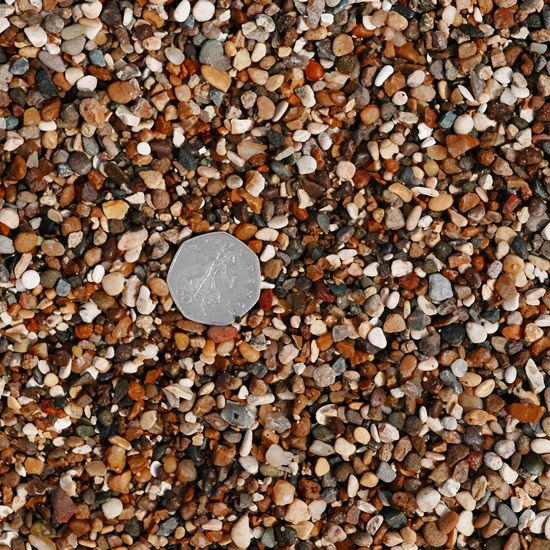
Pros
Easy under foot:
The small stones make a compact surface that provides stable ground for high traffic areas.
Good for covering large areas of ground
Pea gravel makes a great ground covering for a functional space. Compared to a grass lawn, it requires virtually no maintenance, yet provides a softer look and feel compared solid concrete or paving. Suppresses weed growth The compact structure of pea gravel makes it difficult for weeds to grow. Lay it on top of a weed control membrane to cover decorative areas, paths and plant bedding. Not all plants will agree with pea gravel however so it’s important to do your research beforehand to ensure your plants remain healthy. Good for drainage If your garden patio or yard suffers from water logging or drainage issues, pea gravel is a suitable and practical solution. Although pea gravel creates a fairly solid surface it still allows for water to pass through easily to a drainage system below. Cons Can move out of place Because of its small size, pea gravel can easily be disturbed. If it is edged properly, pea gravel is less prone to shifting, however it is still something to consider, especially if you like your garden particularly neat.
Suppresses weed growth
The compact structure of pea gravel makes it difficult for weeds to grow. Lay it on top of a weed control membrane to cover decorative areas, paths and plant bedding. Not all plants will agree with pea gravel however so it’s important to do your research beforehand to ensure your plants remain healthy.
Good for drainage
If your garden patio or yard suffers from water logging or drainage issues, pea gravel is a suitable and practical solution. Although pea gravel creates a fairly solid surface it still allows for water to pass through easily to a drainage system below.
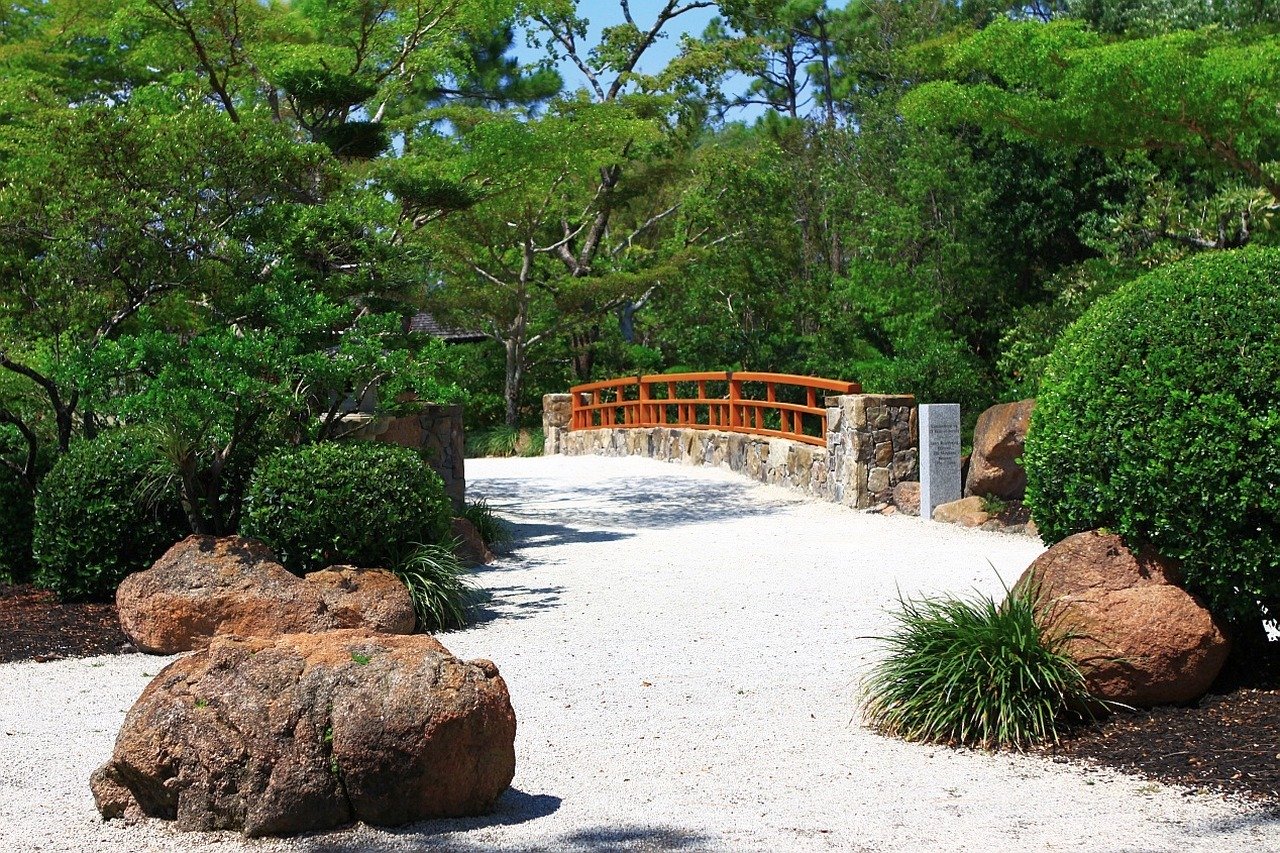
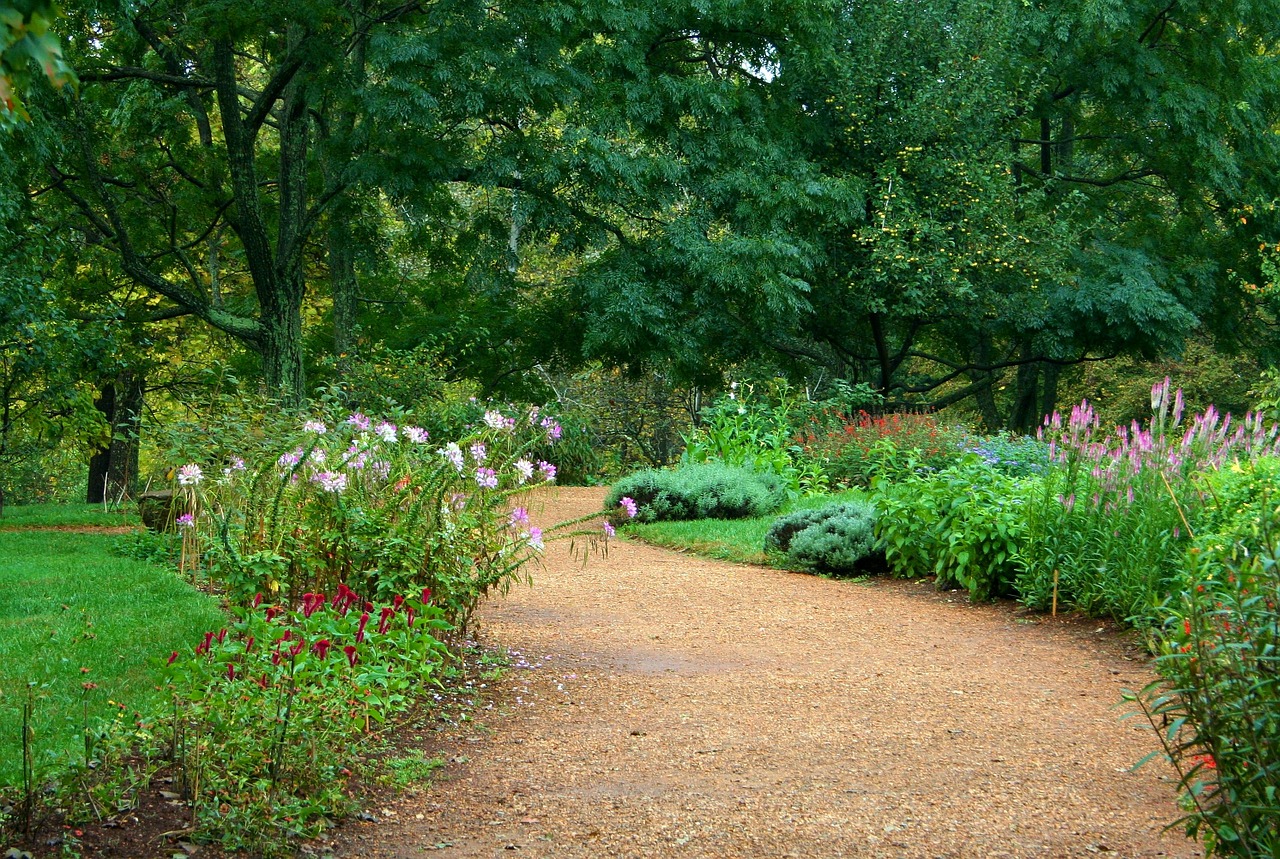
Cons:
Can move out of place
Because of its small size, pea gravel can easily be disturbed. If it is edged properly, pea gravel is less prone to shifting, however it is still something to consider, especially if you like your garden particularly neat.
Decorative and Functional Applications
Pea gravel is an excellent gravel to use in spaces which are both decorative and functional such as paths and walkways, playgrounds and pet areas.
Gap and border fill
Since the stones are small enough, pea gravel makes a great filler for any awkward gaps you might have in your garden, making it look overall more neat and tidy. It’s also great for filling in the spaces between flagstones as it can help to suppress weed growth, and maintains a cleaner appearance for longer.
Pet areas
Pea gravel is great for those with pets. It makes a great ground covering for pet runs or pet waste areas as it can be easily kept clean and will help prevent mud and dirt from sticking to your pets paws. Pet waste can easily be cleaned from pea gravel, and any remaining soiling can be rinsed away with water or a pet-safe cleaning solution.
If you choose pea gravel for your pet, it is advised you look for rounded stones as small, sharp stones could injure your pets paws. Pea gravel will absorb heat too, so choose a darker colour or hose it down during warmer weather so it is comfortable for your pets to walk on.
Playgrounds and play areas
Pea gravel made up of smooth, non-jagged stones is ideal for use in play areas and playgrounds. Pea gravel offers the soft cushioning of grass and the cleanliness of concrete. Like grass, pea gravel has good shock absorbency. Unlike grass however, it will not become muddy or water logged after rain, meaning children can enjoy playtime without becoming messy! Like concrete, pea gravel can also be kept clean with regular hosing.
Another reason why pea gravel makes a good choice for playgrounds is that it provides an inhospitable environment for rodents and wildlife.
Remember, pea gravel is not a suitable ground covering for playgrounds where very young children are present as the small stones can present a choking hazard.
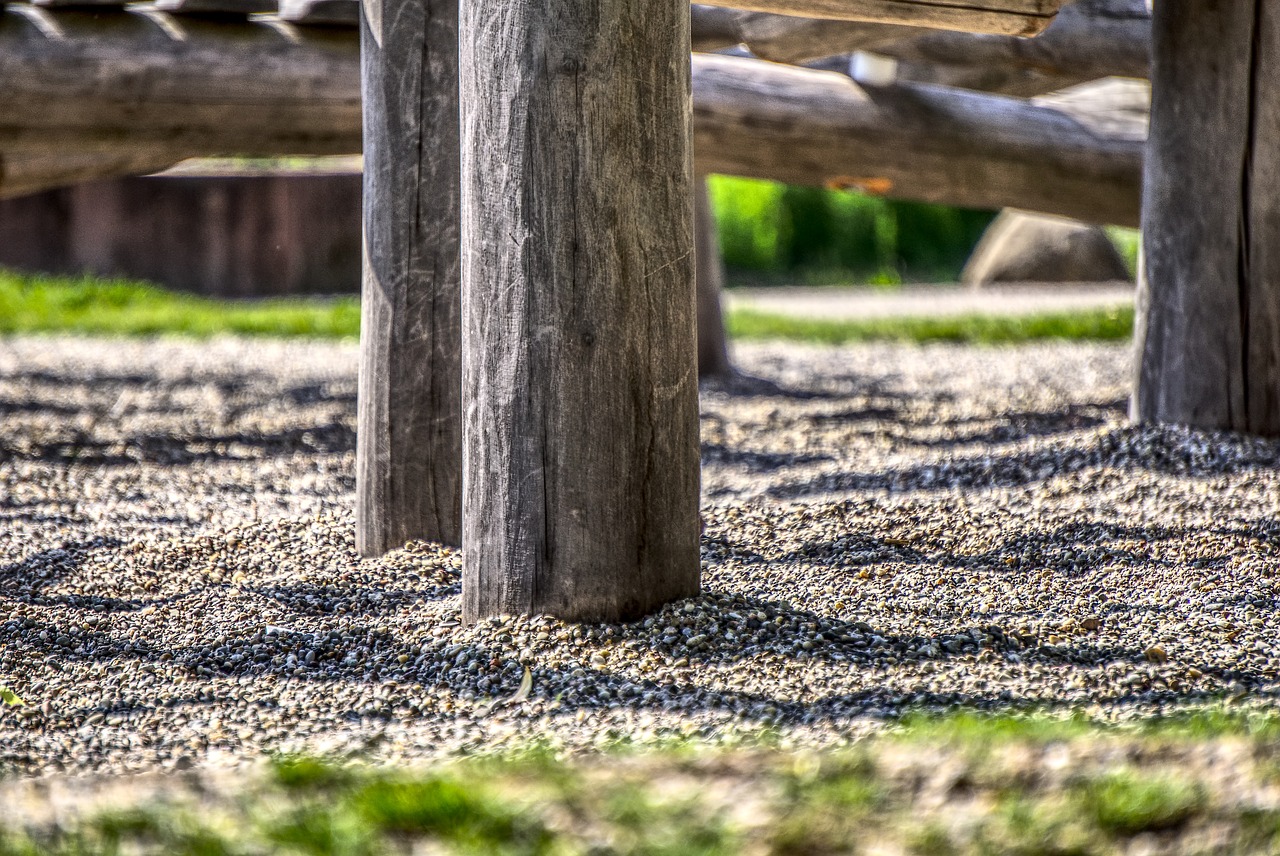
Plant bedding
Pea gravel can be very beneficial to plant life when used as mulch. Unlike other mulches such as wood or compost, pea gravel will not degrade or need to be replaced. Pea gravel will help the soil beneath to retain moisture and heat, whilst simultaneously surprising weed growth to keep your plant beds looking neat and tidy. Pea gravel can also help keep unwanted critters away from your beautiful blooms reducing the need for pesticides.
Remember, pea gravel will absorb and retain heat, so while it’s great for plants that like it hot, it may harm plants that thrive in cooler conditions.
Decorative features
Pea gravel is ideal for use in decorative garden projects. It can be used with larger aggregates to add texture and dimension to various decorative features or used between flag stones to give a regular garden path added interest.




